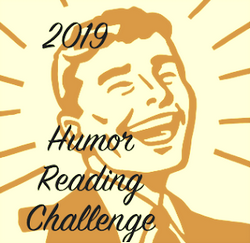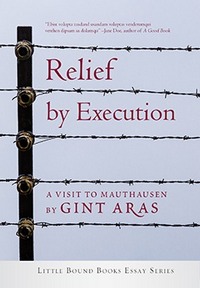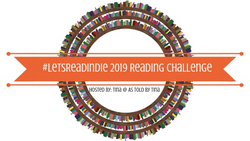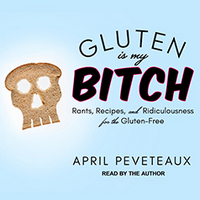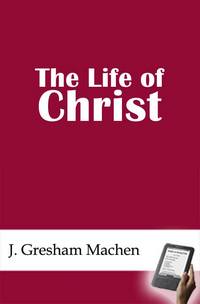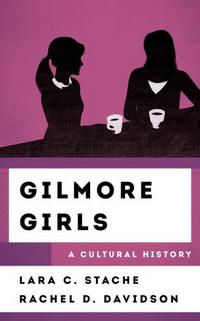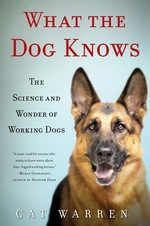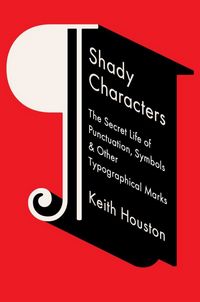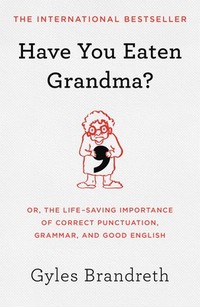 |
Have You Eaten Grandma?: Or, the Life-Saving Importance of Correct Punctuation, Grammar, and Good EnglishHardcover, 285 pg. Read: September 12, 2019 |

…you don’t need to understand all the intricacies of English grammar to be able to communicate well. I use a computer, but I have no idea how it works. I have a wife, but I have no idea why she stays. I take statins, and while the doctor did explain that they inhibit the HMG-CoA reductase—that rate-limiting enzyme of the mevalonate pathway—all I need to know is that they should help lower my bad cholesterol and reduce the risk of a heart attack.
This book can change your life. For the better. Enjoy.
I’ve tried a few times to post about this, and it’s always come out as a mess. So, as I usually do in these circumstances, I’m just going to start with the official blurb:
For anyone who wants to make fewer (not less) grammar mistakes, a lively, effective, and witty guide to all the ins and outs of the English language, reminiscent of the New York Times bestseller Eats, Shoots & Leaves.
Our language is changing, literary levels are declining, and our grasp of grammar is at a crisis point. From commas to colons, apostrophes to adverbs, there are countless ways we can make mistakes when writing or speaking. But do not despair! Great Britain’s most popular grammar guru has created the ultimate modern manual for English speakers on both sides of the Atlantic.
In this brilliantly funny and accessible guide to proper punctuation and so much more, Gyles Brandreth explores the linguistic horrors of our times, tells us what we’ve been doing wrong and shows us how, in the future, we can get it right every time. Covering everything from dangling participles to transitive verbs, from age-old conundrums like “lay” vs. “lie,” to the confounding influences of social media on our everyday language, Have You Eaten Grandma? is an endlessly useful and entertaining resource for all.
That’s just what you get—a funny and accessible guide to grammar, punctuation, and the English language in general (at least in its present form). That’s a distinctively British English, it should be noted, but even those of us who’ve abandoned vestigial “u”s thanks to Noah Webster can profit from it.
A few highlights:
 The entire section on the semi-colon is pretty entertaining (and helpful); the entire section covering punctuation makes the entire book worth the purchase price (or library checkout) and the read.
The entire section on the semi-colon is pretty entertaining (and helpful); the entire section covering punctuation makes the entire book worth the purchase price (or library checkout) and the read.
 The joke opening his section on the colon is both painful, of questionable taste, and laugh-inducing.
The joke opening his section on the colon is both painful, of questionable taste, and laugh-inducing.
 His summary history of the Exclamation Point does in one paragraph, what Shady Characters would do in a page (not saying one approach is better than the other, I enjoyed both books. That paragraph, in particular, made me think of Houston’s book).
His summary history of the Exclamation Point does in one paragraph, what Shady Characters would do in a page (not saying one approach is better than the other, I enjoyed both books. That paragraph, in particular, made me think of Houston’s book).
 Brandreth gives a stirring defense for the correct use of the much-abused apostrophe, culminating with:
Brandreth gives a stirring defense for the correct use of the much-abused apostrophe, culminating with:
Give up on the apostrophe, and you’re giving in to chaos. Without the apostrophe, there’s linguistic anarchy. The apostrophe is the symbol of our cause—the mark we need emblazoned on our banners. If we go weak or wobbly in our defense of the apostrophe, we are on the slippery slope to incomprehensibility and confusion.
 Brandreth begins his section on the usage of brackets/parenthesis with:
Brandreth begins his section on the usage of brackets/parenthesis with:
What the British call “brackets,” the Americans call “parentheses”—when they are round brackets, that is. What the Americans call “brackets” are what the British call “square brackets.” It doesn’t cause as much confusion as the meaning of the word “fanny” on either side of the Atlantic, but it serves to underline the truth of the observation made by Oscar Wilde more than 130 years ago: “We have really everything in common with America nowadays, except, of course, language.”
Which points to one of the great distinctives of this book—Brandreth spends a lot of time explaining/illustrating the differences in the English used on both sides of the Atlantic. He later devotes an entire chapter to British vs. American English (part of which found its way to a Saturday Miscellany post in August). It includes a wonderful table for finding equivalent words/phrases/spellings.
The Brandreth Rule is: when in Rome, do as the Romans do—speak English. And if you’re British, do so with a British accent and spell your English the British way. That isn’t always easy—particularly if you haven’t worked out how to opt out of American English autocorrect when using Microsoft Word.
(there are a handful of Brandreth Rules scattered throughout the book, but this is my favorite)
 I appreciated that more than once he got to the point where he had to say (paraphrasing), “I don’t know why this is why it works this way, but it does, just live with it.” Once he said to use the rule or you’ll “look an ignorant oik.” Which might be my favorite phrase of 2019, “oik” is likely my favorite new vocabulary word. I have to work it into more conversation/writing.
I appreciated that more than once he got to the point where he had to say (paraphrasing), “I don’t know why this is why it works this way, but it does, just live with it.” Once he said to use the rule or you’ll “look an ignorant oik.” Which might be my favorite phrase of 2019, “oik” is likely my favorite new vocabulary word. I have to work it into more conversation/writing.
 The Scrabble help might be the most turned-to part of the book for most readers.
The Scrabble help might be the most turned-to part of the book for most readers.
 The tips for increasing word power are fantastic.
The tips for increasing word power are fantastic.
I actually could keep going, but I’ve gone on longer than I thought I would when I started.
I had a blast while reading this—I honestly don’t expect everyone will, though. If you’re not a language-nerd, aspiring grammar Nazi, or an old-school English teacher, you probably won’t enjoy it as much as me. However, if you enjoy quality humor and could use some help with your writing—you will appreciate it. It’s handy, it’s helpful, it’s entertaining—and how many grammar guides can say that? It’s the kind of thing that my college-bound daughter could use on her dorm bookshelf (and will probably find), and I know more than a few people who find themselves writing reports and the like for work who could use something like that. If you need help, might as well have a good time while you’re at it—and Have You Eaten Grandma is just the thing.






